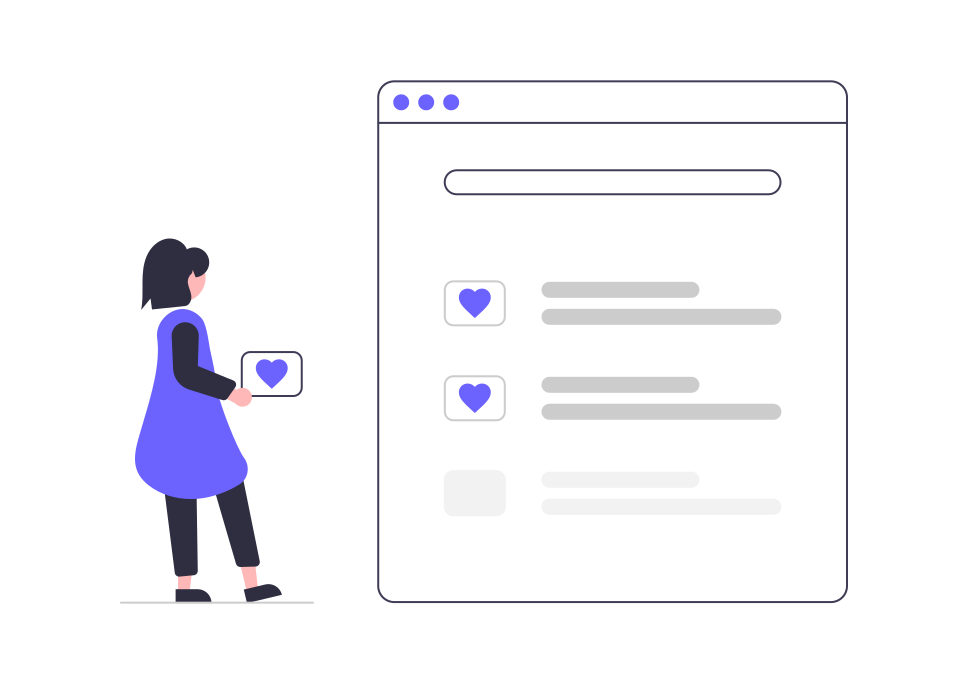In the constantly evolving landscape of marketing, understanding the deeper motivations behind customer behavior is crucial for crafting impactful strategies. Psychographic segmentation goes beyond the surface-level characteristics to delve into the psychological aspects that influence consumer decisions.
The Essence of Psychographic Segmentation
Psychographic segmentation involves categorizing consumers based on their lifestyles, values, attitudes, interests, and personality traits. This method provides a profound insight into the "why" behind customer behavior, enabling marketers to connect with their audience on a more meaningful level.
Components of Psychographic Segmentation
- Lifestyle: Examines how individuals spend their time and money, including hobbies, entertainment preferences, and social activities.
- Values: Focuses on the principles and beliefs that guide an individual’s life decisions and behaviors.
- Attitudes: Investigates opinions, feelings, and predispositions towards specific subjects, brands, or experiences.
- Interests: Identifies the topics, activities, and pursuits that captivate an individual’s attention.
- Personality Traits: Analyzes the inherent characteristics that shape an individual’s behavior and responses.
Implementing Psychographic Segmentation in Marketing
- Crafting Tailored Messaging: With psychographic insights, marketers can create messages that resonate deeply with their audience’s values and interests. This leads to more authentic and engaging communication.
- Product Development: Understanding the psychographic profile of your target market can inspire the creation of products and services that align with their lifestyles and preferences.
- Enhancing Customer Experience: Tailoring the customer journey based on psychographic data ensures that every touchpoint feels personalized and relevant, enhancing overall satisfaction and loyalty.
- Optimizing Content Strategy: Psychographic segmentation can guide the development of content that speaks directly to the motivations and interests of your audience, increasing engagement and interaction.
- Refining Targeting Efforts: Combining psychographic data with other segmentation methods allows for more precise targeting, ensuring that marketing efforts reach the most receptive audience.
Benefits of Psychographic Segmentation
- Deeper Customer Insights: Provides a comprehensive understanding of what drives your customers, enabling more effective and empathetic marketing strategies.
- Increased Relevance: Ensures that marketing efforts are closely aligned with the true motivations and desires of the audience, leading to higher engagement rates.
- Stronger Emotional Connection: Facilitates the creation of emotional bonds between the brand and consumers, fostering loyalty and advocacy.
- Competitive Advantage: Offers a nuanced perspective that can differentiate your brand in a crowded market, positioning it as more attuned to customer needs and values.
Challenges in Psychographic Segmentation
- Data Collection: Gathering accurate psychographic data can be more challenging compared to demographic or behavioral data, requiring sophisticated research techniques and tools.
- Dynamic Nature: Psychographic factors can evolve over time, necessitating continuous monitoring and adaptation of marketing strategies.
- Complex Analysis: Interpreting psychographic data demands a high level of analytical skill and understanding, making it essential to invest in expert resources.
Strategies for Effective Psychographic Segmentation
- Conduct In-Depth Surveys: Utilize detailed questionnaires to gather insights into customer values, interests, and lifestyles.
- Leverage Social Media Analysis: Analyze social media interactions and content preferences to identify common themes and interests among your audience.
- Utilize Advanced Analytics Tools: Implement sophisticated analytics platforms to process and interpret psychographic data efficiently.
- Segment by Personas: Create detailed customer personas that encapsulate the psychographic profiles of your target segments, guiding all marketing activities.
Conclusion
Psychographic segmentation offers a powerful lens through which marketers can view their audience, moving beyond basic characteristics to understand the deeper motivations that drive behavior. By integrating psychographic insights into your marketing strategy, you can create more meaningful connections, deliver personalized experiences, and ultimately drive greater business success.


